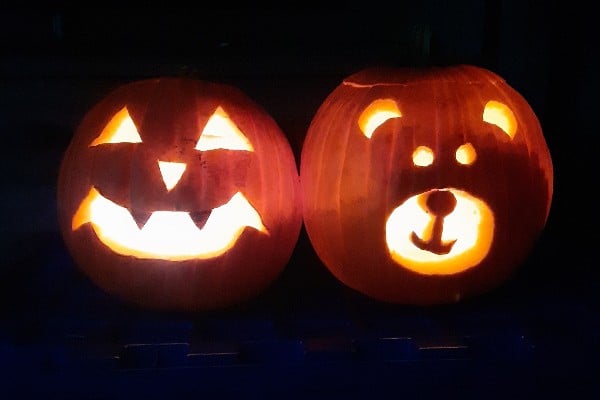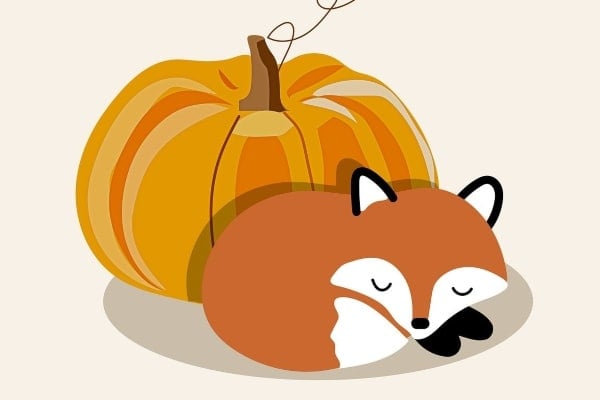“Here it is, the tobacco. I am certain that you, O ghost, are not very far away, that you are in fact, standing right in back of me, waiting to reach for the pipe and tobacco, that you might take it along with you, that you are likewise waiting for your food to take on your journey.”
— “Prayer to the Ghost,” Winnebago First Nation
It’s that time of year again. The nights are getting longer; darkness is gathering momentum. Harvest has just passed and the berry pickings are slim. Another cycle is coming to an end.
In the Tlingit language Dís Tlein (Big Moon) is similar to October in the Gregorian calendar, according to the book Tlingit Moon and Tide Teaching Resource by Dolly A. Garza.
The moon is “big” because it’s the time when people with abundant supplies return to the village, and animals are fat. November, in the Gregorian calendar, is Kukahaa Dís in Tlingit (Scraping Moon), because animals are preparing their winter dens by scraping and digging.
In Western astrology, at this time of year, the Sun enters the zodiac sign Scorpio. Scorpio rules death, secrets, intimacy, and transformation: symbols that also relate to digging into the earth, into the dark, into shadow.
During this shadowy time at the end of October and early November, death is celebrated and contemplated in cultures worldwide. To appease spirits and ancestors, feasts and parades are prepared for the dead.
In Mexico, during Dia de los Muertos (Day of the Dead) candy skulls, marigolds, and sweets are offered to the spirits of the dead. Picnics featuring cookies shaped like skeletons are hosted in graveyards.
In Japan, I celebrated the Bon festival in a mountain hamlet. Children made offerings to the spirits of the ancestors out of vegetables, and placed their veggie-and-toothpick creations on the family altar for three days. This allowed the spirits of ancestors to occupy the offerings. Then the children released the animal-shaped vegetable into the river. They floated down river, taking the spirits with them.
During Bon, the spirits are asked to visit, then sent away with purpose. Likewise, the prayer quoted above can be paraphrased as “please scary beings, kindly take the booty and leave us unharmed.”
Hallowe’en originally shared this purpose
e. Hallowe’en symbols and traditions have roots in Samhain (pronounced sah-win), the most significant holiday of the Celtic calendar, which revolves around eight major seasonal festivals corresponding to the solstices and equinoxes, and the midpoints between these astrological markers of time. Celtic festivals also inspired most Christian holidays. For example, Yule influenced Christmas, and Easter has roots in Ostara.
The Celts counted days differently than farmers, because they herded sheep and cattle. Samhain was the day when pastured livestock came home. It was also the first day of winter and the first day of the new year. At this point of annual transition, Lord Samhain, Lord of Death, was believed to release ghosts, ghouls, fairies, goblins, and evil spirits into the world. The safer, beloved spirits of ancestors were also present.
Appeasing the spirits and Lord Samhain was an elaborate process.
During Samhain, stone tombs were opened to release spirits. Animal sacrifices, sweet foods (Hallowe’en toffee, anyone?), feasts, parades, and gifts were offered to the spirits.
Fire was key in Samhain ceremonies. Blazing bonfires kept away ghosts. Today’s jack ‘o’ lanterns come from the practice of making lanterns from turnips to light and guide the deceased back to the other world.
Disguise is also a good way to fool ghosts. The Celts wore masks and costumes imitating the appearance of the spirits. The theory was that by flattering the ghouls with imitation they’d leave the living alone.
This kind of artful foolery is ancient. Celtic Samhain rituals have roots as far back as ancient Egypt. The six-day Egyptian festival Isia honoured the death and rebirth of the corn god Osiris. Features of Samhain such as ghosts, masks, bonfires, and sweets, all have roots in the festival of Isia, and continue to this day in Hallowe’en.




